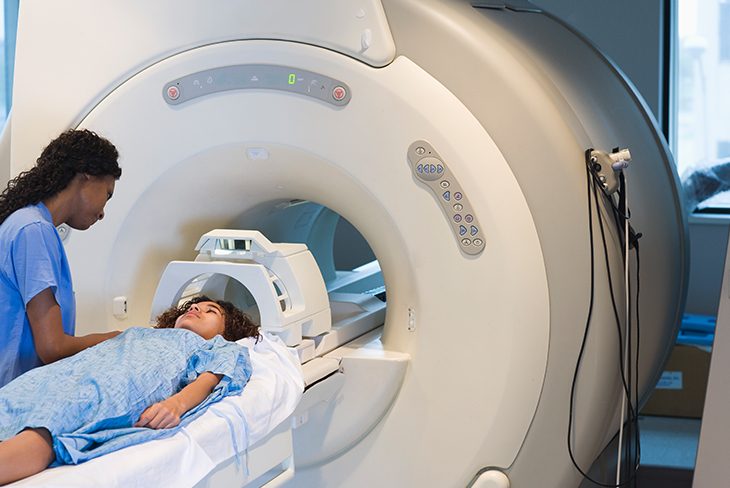Five diagnostic tools you need to know about

Your physician will order specific tests to confirm or determine the presence of disease. These are some common procedures you might encounter.
1. Magnetic resonance imaging (MRI)
What is it? An MRI is similar to an X-ray, but it is much more detailed. The test uses strong magnetic fields and radio waves to take a picture of the inside of the body, allowing your doctors to see your muscles, nerves, bones and other organs.
What you can expect The patient lies inside the MRI scanner, which is a large tube that contains powerful magnets. Remove any jewellery and wear loose, comfortable clothing. If you have claustrophobia or anxiety, you should mention this to your doctor prior to the scan.
2. Computer axial tomography (CT or CAT) scan
What is it? A CAT scan is another kind of X-ray that produces several cross-sectional images of specific areas of a scanned object, allowing doctors to see inside the object without cutting. The test assists doctors in finding blood clots, tumours, infections and other diseases and conditions.
What you can expect The patient lies on a table inside a large, doughnut-shaped CAT machine. As the table slowly moves through the scanner, the X-rays rotate around your body. It’s normal to hear a whirring or buzzing noise. Since movement can blur the image, you will have to stay very still.
3. Biopsy
What is it? This medical test involves the extraction of sample cells or tissues for examination to determine either the presence or extent of a disease.
What you can expect There are many different biopsies, including bone marrow, endoscopic, needle, skin and surgical, so your doctor will need to explain your specific procedure. Once the cells have been extracted, they are sent to a laboratory for analysis. This determines whether the cells are cancerous and if they are, the type of cancer and scale or grade.
4. Positron emission tomography (PET) scan
What is it? This test uses a nuclear-medicine functional-imaging technique to observe metabolic processes in the body, such as blood flow, oxygen use and sugar (glucose) metabolism, to diagnose disease.
What you can expect A small amount of radioactive glucose (sugar) is injected into the patient’s vein and a scanner is used to make detailed computerised images of areas inside the body where glucose is taken up. Since cancer cells often take up more glucose than normal cells, the pictures can be used to detect cancer cells in the body.
5. Ultrasound
What is it? This test employs high-frequency sound waves to capture live images from the inside of the body. The test can detect abnormalities with organs, vessels and tissues.
What you can expect This painless procedure is very common and utilises a probe that’s passed over the surface of the skin. A gel is applied to the skin to maximise contact between the probe and the skin and produce better-quality images. The sound waves produce an echo, which is translated into a series of detailed images that appear on the screen during the procedure.
Find out more about our doctors.
The information is shared on condition that readers will make their own determination, including seeking advice from a healthcare professional. E&OE. Life Healthcare Group Ltd does not accept any responsibility for any loss or damage suffered by the reader as a result of the information provided.

